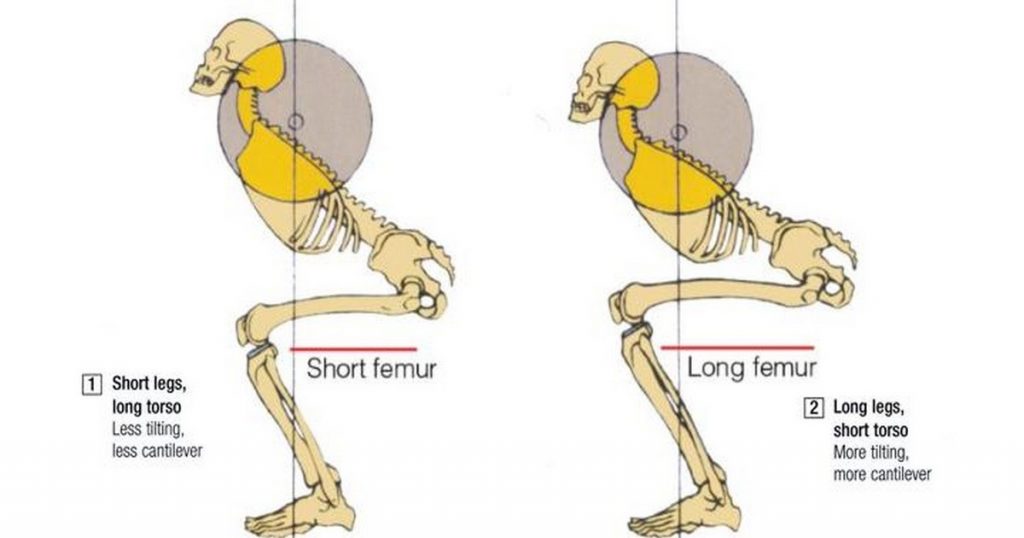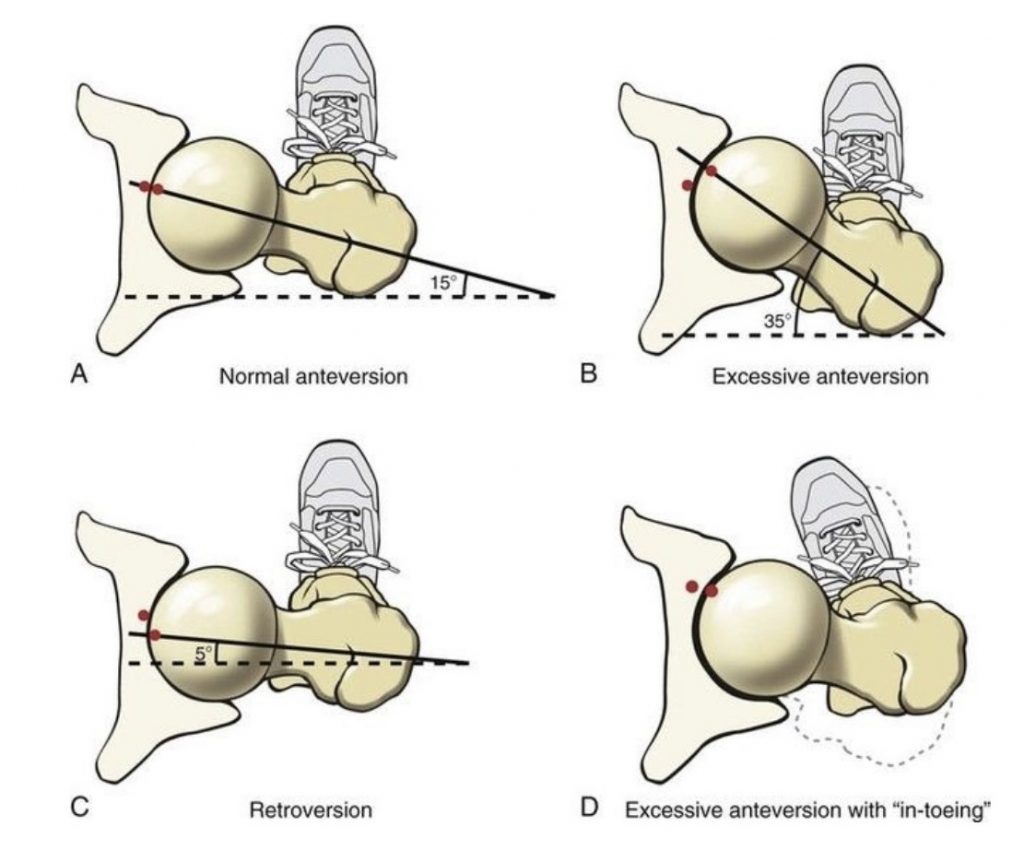If you follow a range of Personal Trainers, or Physical Therapists, or Coaches on social media – or even employ any of the aforementioned as part of your team – you will often see that there is this theme that there is a “normal” level of movement; that we should all run this way; that we should all stretch that way; and that we should be able to hit a full-depth, ass-to-grass squat.
Well, I am here to tell you that that is simply not true – and the shape and anatomical differences of your body has a lot to do with it.
Of course, these claims are often aligned with a Mobility Program for you to sign up to (or a tool to enable this), and whilst when looking to improve your squat, there is merit to an increase in ankle and hip and knee and shoulder mobility, it may not garner the results you wish for, and that’s ok.
Human variance is huge, and anyway there is very rarely a strong correlation with form and injury levels.
So let’s take a fly-through of just a few of the huge amount of variables when it comes to squat assessment; the length of your femur (your thigh bone); the angle of your joints – the hip joint particularly; and even the depth of your hip socket.
FEMUR LENGTH
Essentially, bone length matters. If you have short femurs (often associated with a longer torso), it is going to be easier to get to the bottom of a squat than if you have longer thigh bones with a shorter torso.
Longer thighs will make your hips sit further back at the bottom of a squat. So if you have a bar on your back (or overhead), then you may have to lean further forward to keep it centered over your feet.
You don’t get to choose this, unfortunately (blame your folks).

HIP SOCKET ANGLE
Anatomically speaking the hip joint is a big ball-and-socket joint, and how the ball sits in the socket can vary. The socket (called the acetabulum) is always represented as being relatively straightforward – the neck of the femur sitting at a perfect angle within the joint creating lots of space to move, with a perfect mix of stability and mobility.
However, this is very idealistic and it can face forwards – called anteverted – or backwards, called retroverted.
An anteverted hip will ordinarily enable you to be able to squat to depth pretty comfortably.
Conversely, if it is more retroverted, the neck of the femur will not sit so centrally and so the range of movement will be less, and this in turn can stop you from going any further, because it will not feel good at all, particularly if you (or your PT) keep pushing into that position!
If you have a retroverted hip, you may find that you are far more comfortable in a wide stance.

HIP SOCKET DEPTH
Another consideration is the depth of the socket. A deeper socket leads to a more stable joint (which is great!) – but also means you are more likely to have less mobility which, again, can limit your ability to go low.
A shallow socket is the reverse – less stability perhaps, but more mobility and so a greater range of squat depth.
AND SO
We will often use a squat (unweighted, back overhead) as an assessment tool clinically, and it can tell us a great deal about someone’s ability (and willingness) to move. These assessments take a long time to master, and still, after years of studying people move, the information is mostly subjective without the use of scanning technology – a completely unrealistic option for assessment for most.
And whilst there is often a place for mobility drills (for the right person, with the right condition, at the right time), and whatever your anatomy you will almost always feel different post-mobilising, do not get disheartened if your squat never looks like the people you follow on Social Media, or those you see squatting next to you in the gym – anatomy matters.
Some of the strongest athletes I work with – national level athletes! – look nothing like the perfect form you may expect.
If your squat doesn’t feel good, there is a chance that you (or your coach) are forcing the issue without considering the underlying anatomy. We need to think broader than always defaulting to “mobility, mobility, mobility”.
There is usually a position of comfort for us all, and so don’t be afraid to try different stances and depths, and don’t let your focus be what someone else looks like.
And if someone is giving you advice on your squat, don’t be afraid to ask what qualifies them to give that advice.